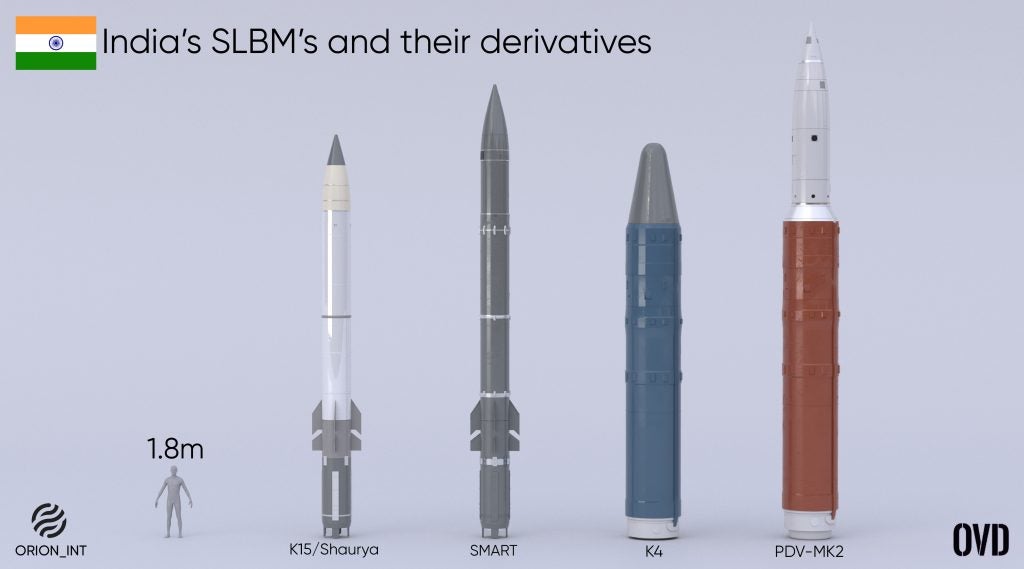The Kalam Series: Exploring India’s SLBMs and Derivatives
The origins of India’s submarine-launched ballistic missile (SLBM) program come from the ATV project. This project aimed to domestically develop nuclear powered ballistic missile submarines. Previous work from the Integrated Guided Missiles Development Program (IGMDP) helped DRDO’s development of SLBMs. These efforts would come together in the creation of India’s first SLBM, the K-15.
K-15
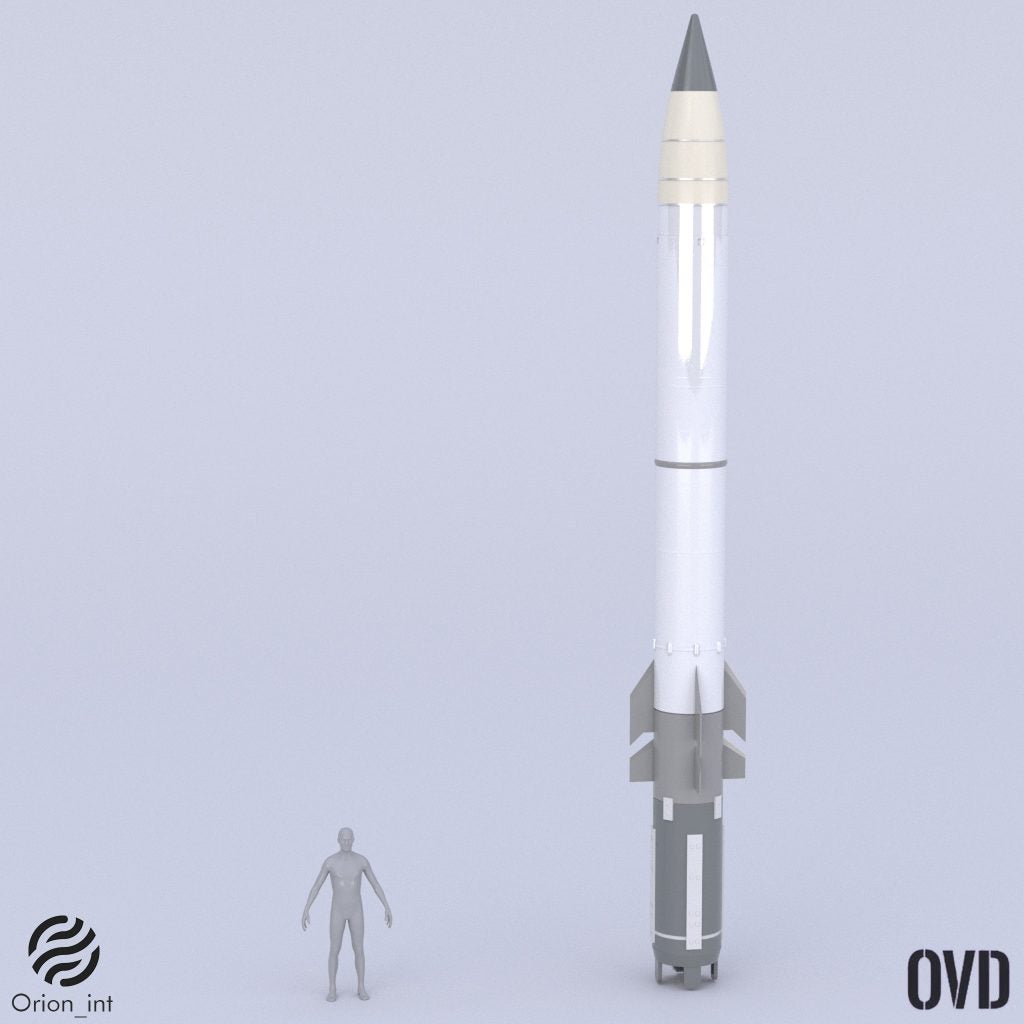
The K-15, also known as the B-05 or Sagarika, is a SLBM developed by DRDO for use with the Indian Navy’s Arihant-class submarines. First tested in 2008, it is the first ballistic missile in India’s Kalam series of SLBMs.
The missile has a diameter 0.74m and a length of 10m. The missile has a hydrodynamic cover which is jettisoned after launch. It also has a booster controlled with jet vanes, this booster ignites when it reaches the surface. The missile itself includes foldable fins for control. Hydroxyl-terminated polybutadiene or HTPB is used as propellant. It has a reported range of around 700km with a payload of 500-800kg.
K15 was likely developed as a stopgap for India’s Arihant-class submarines until the K4 missiles could be developed and operationalized. The K-15’s 700km range provides India with second strike capability towards Pakistan.
Shaurya
Shaurya is the land based version of the K-15. Similar to the K-15, Shaurya uses a gas generator to eject the missile out of the canister. Its launcher is a Tatra BEML 8×8 truck. This platform is also used by other missile systems, such as the Prithvi. The 8×8 launcher, along with it being canisterised, should give it more mobility off road. It should also demonstrate better readiness compared to other systems like the Agni-1 which are towed and hence are less mobile.
The Indian government approved the induction of the missile with India’s strategic forces command in October of 2020.
K-4 and PDV MK2
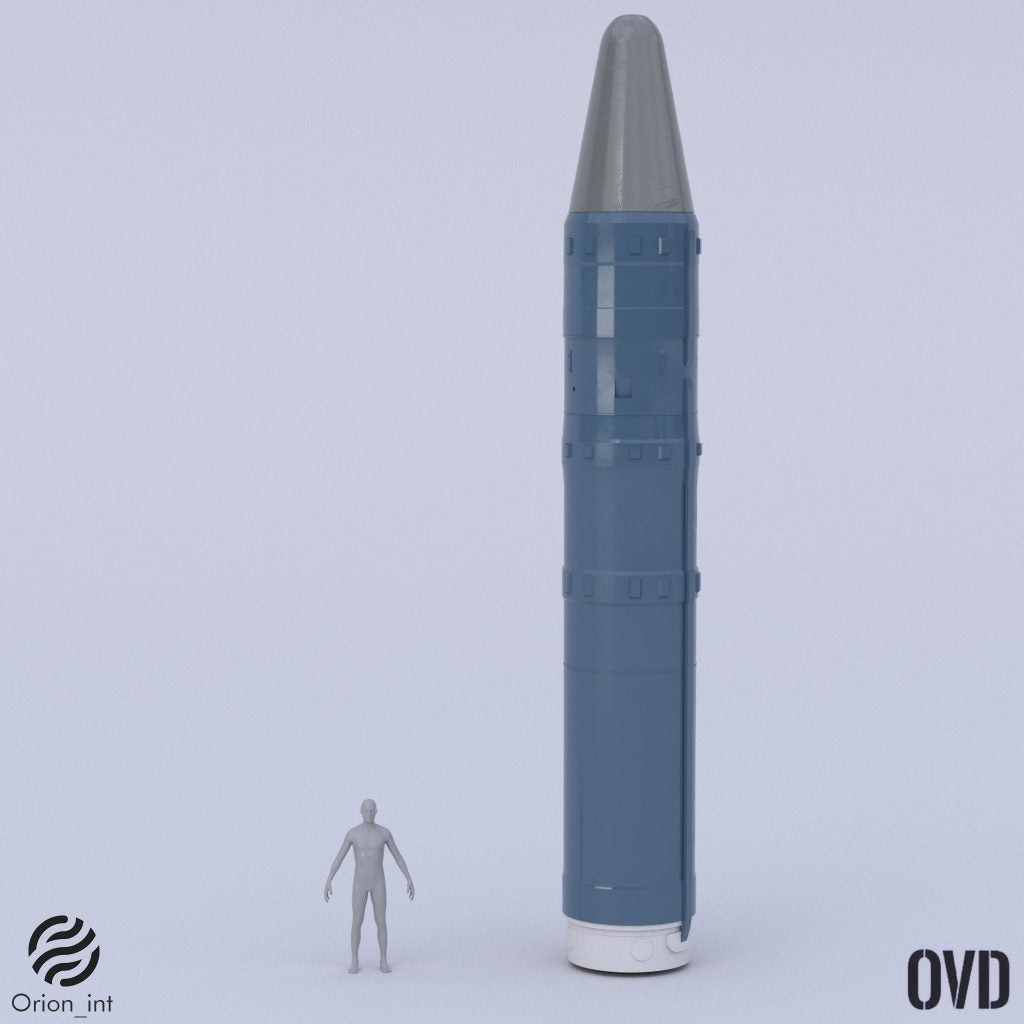
K-4 is India’s most mysterious SLBM. No known images exist for this missile, but multiple sources, including NASIC, estimate the missile’s diameter as 1.4m. It has two stages and its total length is 10 meters. It uses a canister with a gas generator and is configured to launch from the Arihant class’s missile tubes, Which can fit either 3 K-15 missiles or 1 K-4 missile.
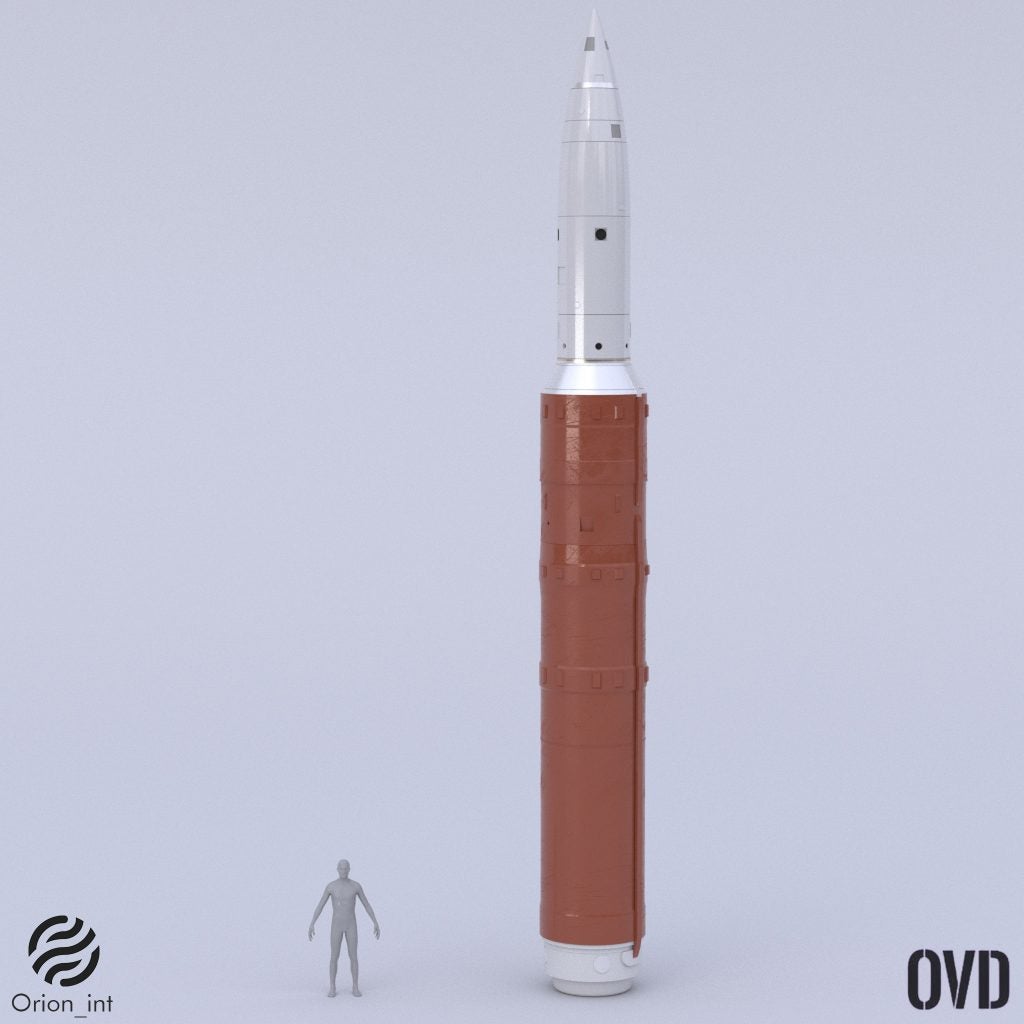
Interestingly there is another missile which closely resembles the K-4 and has the same diameter, India’s ASAT missile or the PDV MK2. It too has a diameter of 1.4m for its first two stages and carries a kinetic kill vehicle (KKV) as its third stage. It can be therefore theorized that PDV Mk2’s first two stages are similar to those of the K-4 as developing two new motors of the same diameter doesn’t make much economic sense. Both the stages seem to be made of composite materials and use thrust vector control (TVC) to maneuver. Spacers or alignment ports are seen on the missile and a video shows a canister in the background of the integration face. The fact that both missiles can be canisterised further points to the possibility of them sharing components.
The PDV-Mk2 carries a 1m diameter KKV as its third stage which it shares in common with the PDV. Deployment projection for the PDV Mk2 remains unknown but it will probably be used to intercept ballistic missiles and satellites as a part of India’s ballistic missile defense program.
The K-4, with its reported 3,500km range, has the ability to strike targets in all of Pakistan and most of China when launched from the Bay of Bengal. With this, K-4 provides India with a credible second strike capability.
SMART
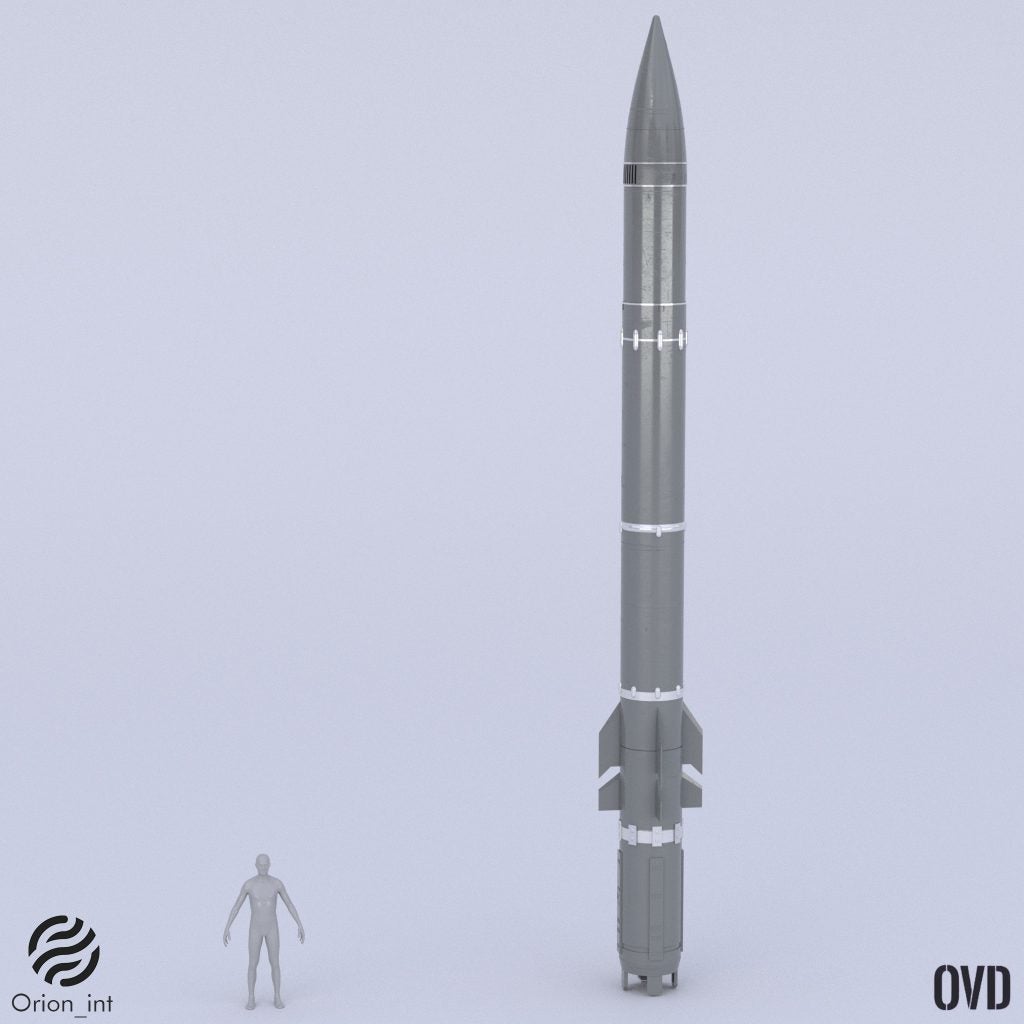
Supersonic Missile Assisted Release of Torpedo (SMART) is a torpedo delivery system developed by the DRDO. The missile is said to have a range of around 650km, it also looks externally similar to Shaurya/K-15. This indicates a similar diameter of 0.74m but photometric analysis shows a greater length of around 11.5m. Its foldable fins are similar to the K-15/Shaurya. The payload carried by the missile is reported to be a light torpedo called “Shyena” with a range of 19km.
The missile is carried by a Tatra 8×8 launcher (which is also used as the launcher for the Shaurya and many other Indian missiles). This enables it to be fairly mobile on or off road. The missile’s canisterisation combined with the mobile launcher likely enables the missile to be launched very quickly on warning.
Looking Forward
India’s SLBM program is expected to continue, with missiles like the upcoming K-5 and K-6. Both of these missiles are in development, and will have longer ranges while also exceeding the capabilities of the K-4/K-15. They are expected to be carried on future SSBN classes that will succeed the Arihant-class ballistic missile submarines.
As India’s strategic arsenal expands so does their ballistic missile arsenal. Whether it be SLBMs, their derivatives, or even land based ballistic missiles, this is an area observers of India and ballistic missile enthusiasts should keep an eye on.
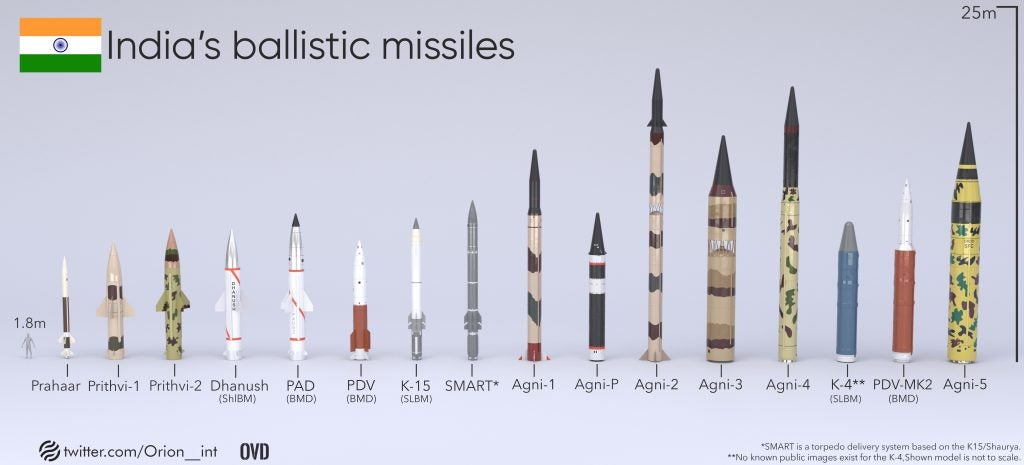
With this I conclude my three part series on India’s ballistic missiles for Overt Defense.
You can read the other two pieces on India’s Prithvi and Agni missiles respectively here and here.
Sources:
DRDO publication: Evolution of Solid Propellant Rockets in India (source)

